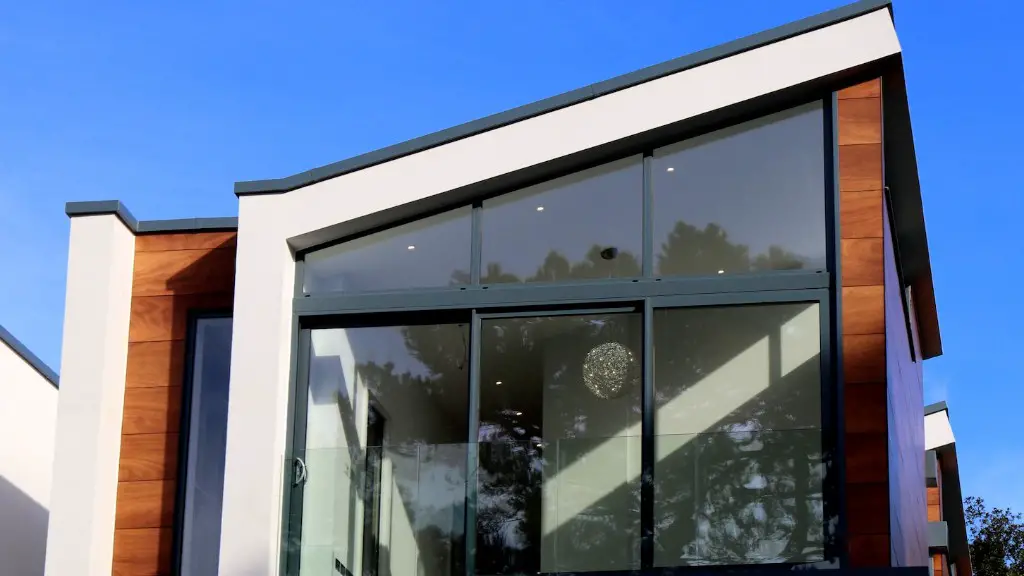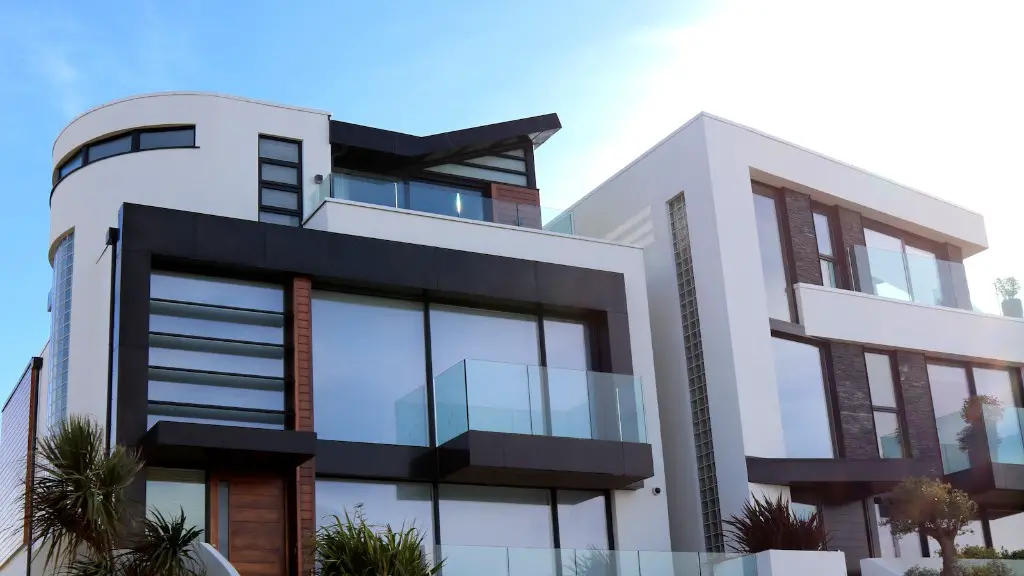Architecture is the process of designing and constructing buildings and other physical structures. Mathematics plays a vital role in the design and construction of these structures, as architects need to understand the properties of shapes and angles, as well as the properties of materials like concrete and steel.
Mathematics is essential for designing buildings that are structurally sound, as well as aesthetically pleasing. It provides architects with the tools they need to create beautiful, balanced, and proportionally accurate designs. Additionally, advanced calculations must be made to ensure the safety of the structure and its occupants.
Architects use mathematics to create 2-dimensional and 3-dimensional drawings of their designs. These drawings are used to create plans for construction, and are required for construction permits and building approvals. Architects also use mathematics to calculate the load capacity of their structures, to ensure the building will be able to support the weight of the materials used to construct it.
Architects use various mathematical principles when making calculations for their designs. This includes principles of algebra, geometry, and trigonometry. They must also understand mathematical concepts such as area and volume, as well as ratios and proportions. Additionally, mathematics is used to analyze the stability and integrity of a structure, as well as calculate points of equilibrium.
When architects are designing a building, they must consider how the natural forces of gravity, wind, and seismic activity will affect the structure. They use mathematical equations and models to assess the risk of a structure collapsing, and to determine how the design can best withstand those forces. This helps ensure that the structure is safe and secure.
Mathematics is also important in the design of certain architectural features, like stairs, ramps, and sloped surfaces. Calculations need to be made to ensure that these features are properly designed, and meet all industry standards for safety and accessibility. Additionally, mathematics is used to plan out space, and to calculate the volume of materials needed for construction.
Mathematics and architecture have been closely intertwined since ancient times. It has been used to create beautiful, intricate designs that blend functionality with aesthetics. Today, mathematics remains a vital part of the process of designing and constructing buildings, and is integral to ensuring the safety and stability of the structure.
Nature & Mathematics
Mathematics has been used to understand nature throughout history, and has been a vital part of scientific discoveries. Its application in architecture is no different – it helps us understand how nature impacts our built environment, and can be used to design buildings that are in harmony with their natural surroundings.
Mathematics is essential for creating buildings that are sustainable. It can be used to determine the amount of energy that a building consumes, and to design efficient, eco-friendly systems. Additionally, architects can use mathematics to study the sun’s movements, and how the building’s design impacts the amount of sunlight it receives.
Architects not only use mathematics to aid in the design process, but also use it as a tool for showing their clients mathematical models that demonstrate the beauty of the intended design. With the help of mathematics, architects can create 3D models that allow their clients to visualize the building in both plan and elevation view.
Mathematics is also essential in evaluating existing buildings and learning from past experiences. It is used to analyze the structure of buildings, and assess potential repair and maintenance options. This helps architects create better, safer, and more durable designs.
Construction & Mathematics
Mathematics is an integral part of the construction process. Advanced calculations must be made to ensure the accuracy of the design, and that the materials used for construction meet industry standards for quality and safety.
Mathematics is also used to measure the cost of construction. Architects can use mathematical calculations to estimate a budget for the project, and to determine the total cost of materials and labor. Additionally, mathematics is used to develop construction schedules and timelines.
The ability to accurately measure and calculate is especially important when it comes to modern construction techniques, like 3D printing. Furthermore, architects must understand mathematical principles to be able to properly use computer aided design (CAD) software, which is used to create detailed drawings and plans.
Mathematics is also used in the process of setting up and managing a construction project. Architects use mathematical formulas to develop budgets and timelines, as well as to evaluate cost estimates and bids from contractors. They must also understand mathematical principles when it comes to the logistics of shipping materials and coordinating contractors.
Sustainability & Mathematics
Mathematical equations and models can be used to evaluate the sustainability of a building. Architecture is increasingly becoming more focused on environmental conservation, and mathematics plays a large role in creating buildings that are energy-efficient, and use materials that are sustainable.
Mathematical models can also be used to calculate the impact of a building on the environment. This helps architects understand the effects of a design, and make adjustments to reduce its environmental impact.
Mathematics is also essential for designing sustainable systems for a building. It can be used to evaluate the efficiency of HVAC systems, and ensure that they are using the least amount of energy possible. Additionally, mathematics is used to calculate the amount of water a building uses, and to design efficient water management systems.
Mathematics is a powerful tool that architects can use to create buildings that are not only beautiful, but also sustainable. A sophisticated understanding of mathematical concepts is essential for creating designs that are both aesthetically pleasing and environmentally conscious.
Even More
Mathematics is also needed when restoring existing buildings. It can be used to evaluate the structural integrity of a building, and to analyze architectural elements that need to be repaired or replaced. Furthermore, mathematical equations can be used to calculate the cost of the restoration work.
Architects also use mathematics to study the façades of buildings, and to create ornamental designs. They can use mathematical formulas to evaluate the proportions, symmetry, and harmony of a façade, and then use that information to make adjustments or corrections to the design.
Mathematics can also be used to study the acoustics of a building, and to calculate the reverberation of sound within the space. This is important for designing buildings with good acoustic properties, such as concert halls and theaters.
Finally, mathematics can be used to create models and simulations of a proposed building. With the help of mathematical equations, architects can create virtual models that allow them to experiment with different designs, and make changes and adjustments with greater accuracy.





